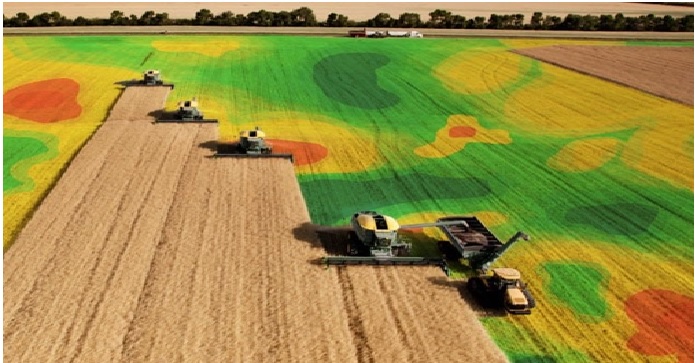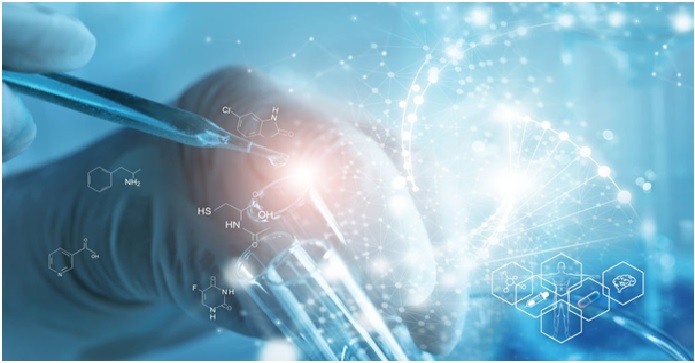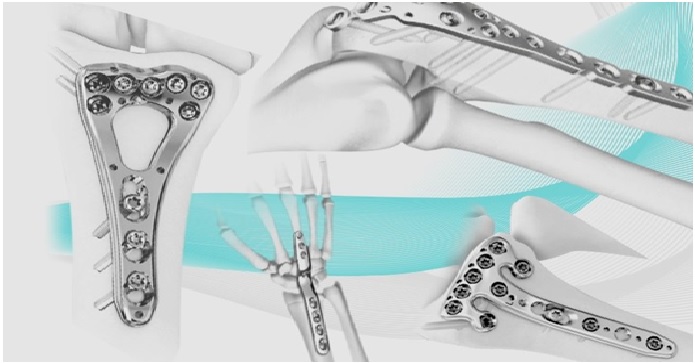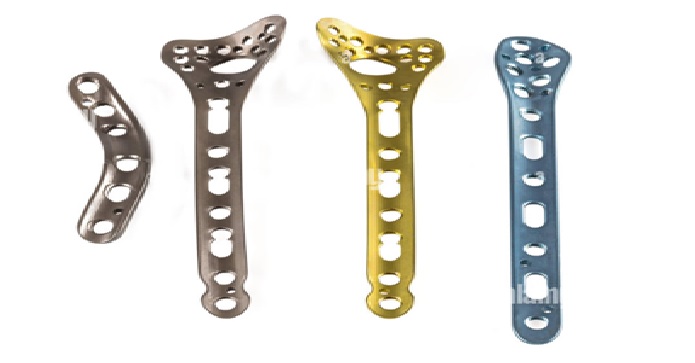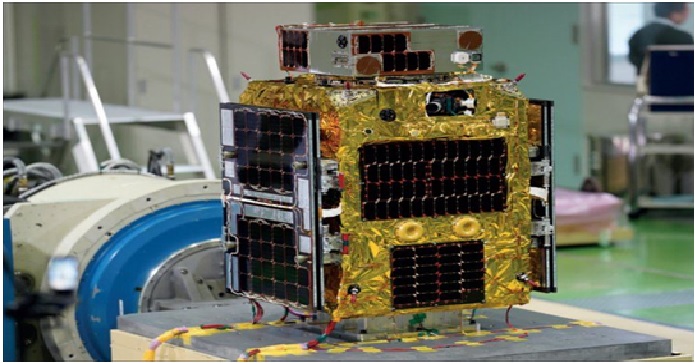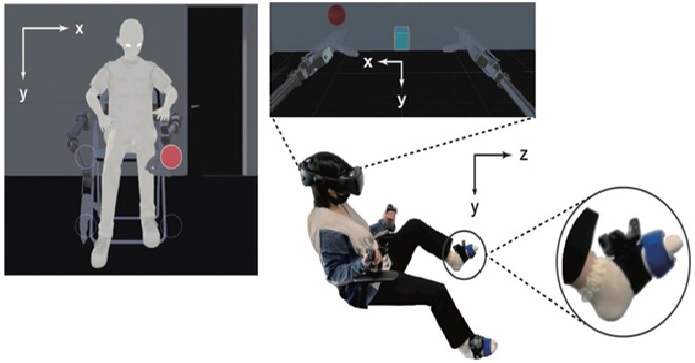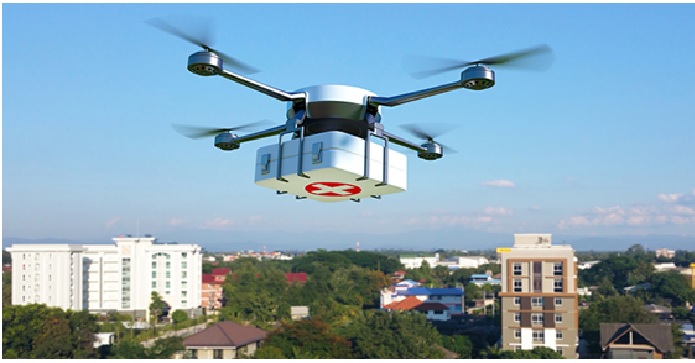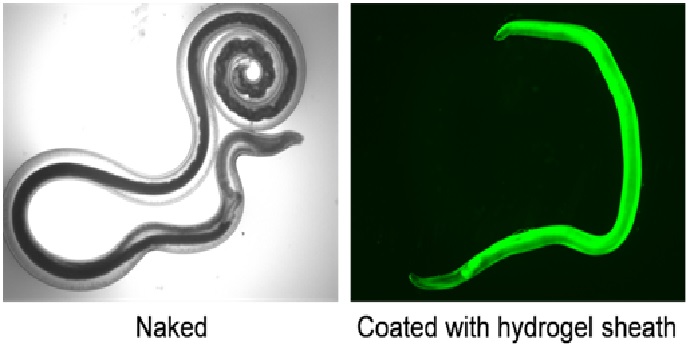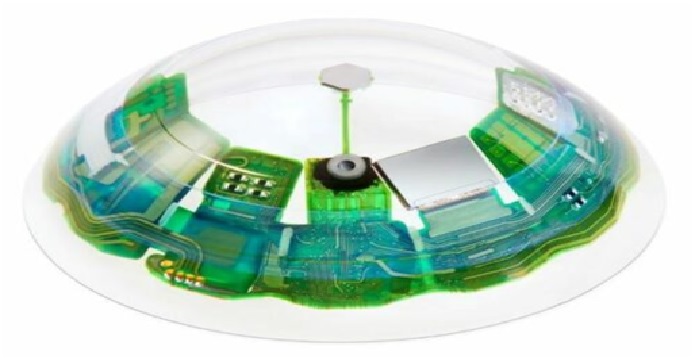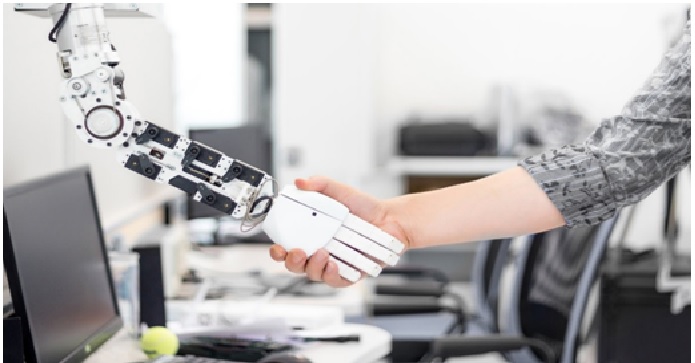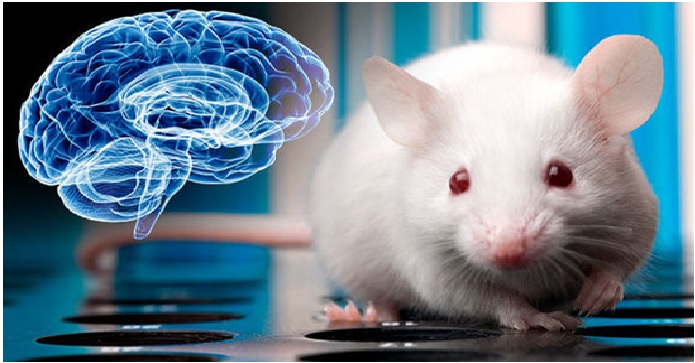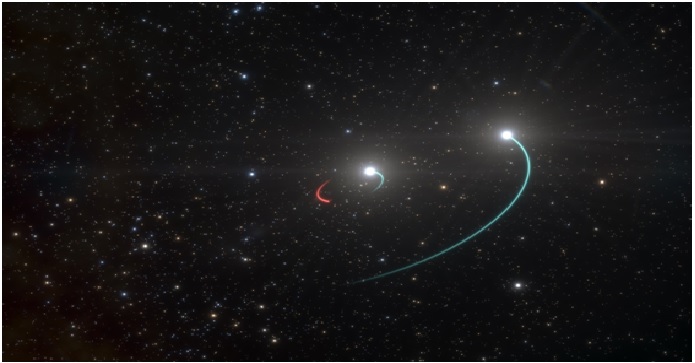New method causes plastics to break down under UV light
Researchers in the UK have developed a novel method to break down plastics using just ultraviolet (UV) light.
The researchers at the University of Bath discovered that adding sugar units to polymers increases their degradability when exposed to UV radiation. UV radiation has a wavelength of 10 nanometres (nm) to 400 nm, shorter than that of visible light, but longer than X-rays. Many plastics that bear the biodegradable label can only be composted in industrial settings. [1]

Figure 1. New method causes plastics to break down under UV light
Figure 1 shows currently, a material called PLA (Polylactic acid) is widely used for making disposable cups, 3D printing, teabags, and packaging. It is made using lactic acid and fermentation of sugars and is an environment-friendly alternative to other plastics that are derived from crude oil products. [2]
While PLA is believed to be biodegradable, it is still tricky to decompose it in natural environments such as soil or seawater. It can only be degraded under elevated temperatures and humidity conditions of industrial composting facilities and not in compost heaps. [3]
In the new study, published in Chemical Communications, the researchers found that they could alter the polymer’s degradability by tweaking its composition and adding sugar molecules to it. They observed that even with just 3 percent of the sugar polymer units added to PLA, the plastic degrades by 40 percent within just 6 hours of exposure to UV light. [4]
“Lots of plastics are labelled as biodegradable, but unfortunately this is only true if you dispose of it in an industrial waste composter - if put into domestic compost heaps, it can last for years,” explained Dr Antoine Buchard, Royal Society University Research Fellow and Reader in Polymer Chemistry from the CSCT, and the lead researcher of the study. [3]
High levels of integration on a single chip can impact device power consumption, especially when edge AI capabilities are fully enabled. Small designs often require a small form factor, especially in harsh environments, which complicates the power design of the final product. Designers must overcome challenges to create power-efficient designs that take into account thermal constraints without increasing overall system cost. Low-power designs should include ultra-low power and multiple low-power modes to extend product life.
Dr Buchard added that PLA has long polymer chains which are difficult to break down using water and enzymes. However, the addition of sugar into these polymer chains links everything together by bonds and weakens the plastic. This helps in breaking the PLA into smaller polymer chains that are more sensitive to hydrolysis, according to Dr Buchard. [2]
References:
- https://www.theweek.in/news/sci-tech/2022/07/05/new-method-causes-plastics-to-break-down-under-uv-light.html
- https://m.thelocalreport.in/researchers-develop-method-to-break-down-plastics-under-uv-light
- https://gadgets360.com/science/news/pla-degradable-plastic-natural-environment-uv-light-exposure-csct-3128843
- https://www.technologyshout.com/researchers-develop-method-to-break-down-plastic-under-uv-light/
Cite this article:
Thanusri swetha J (2022), New method causes plastics to break down under UV light, AnaTechMaz, pp.218


